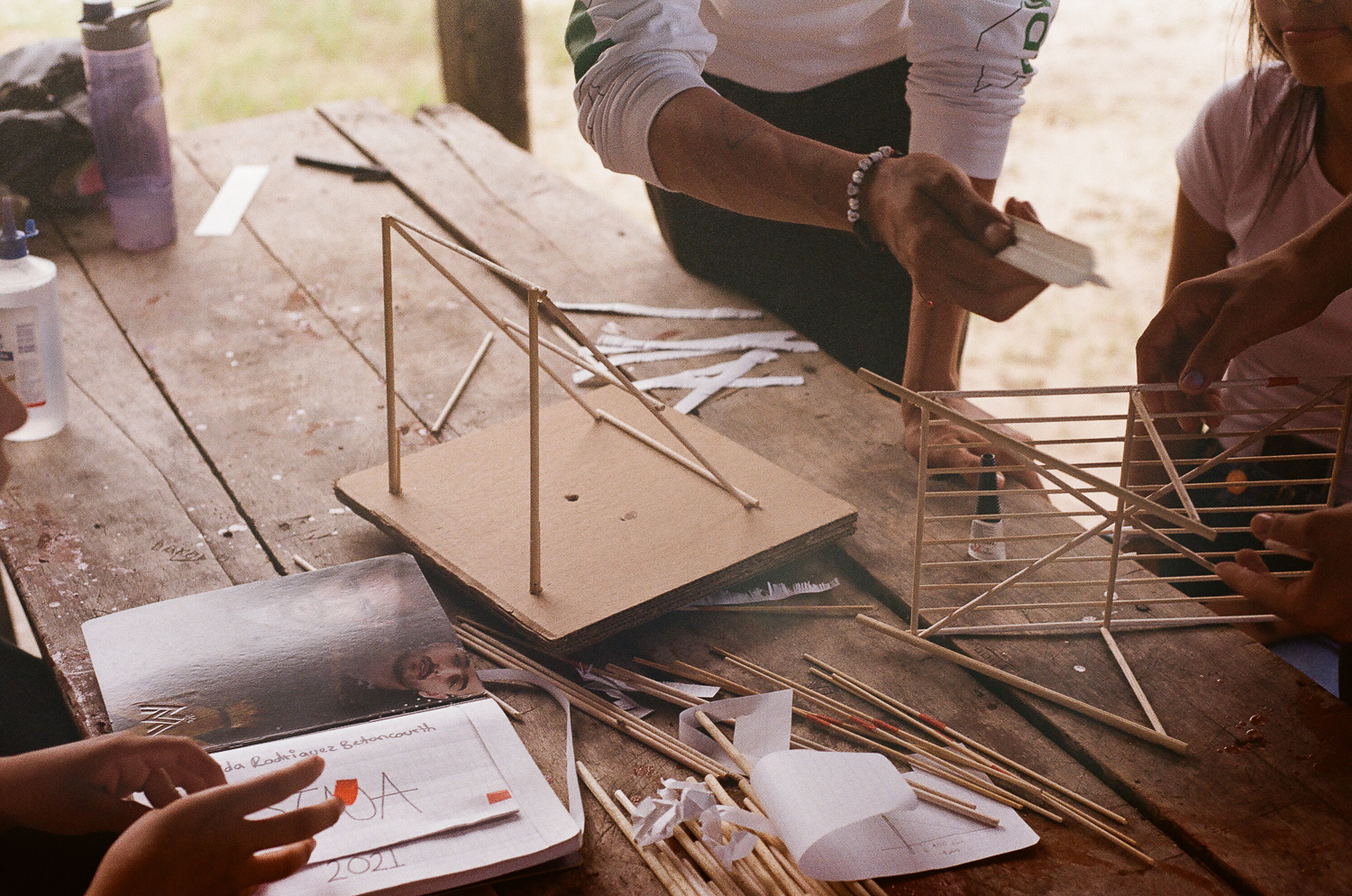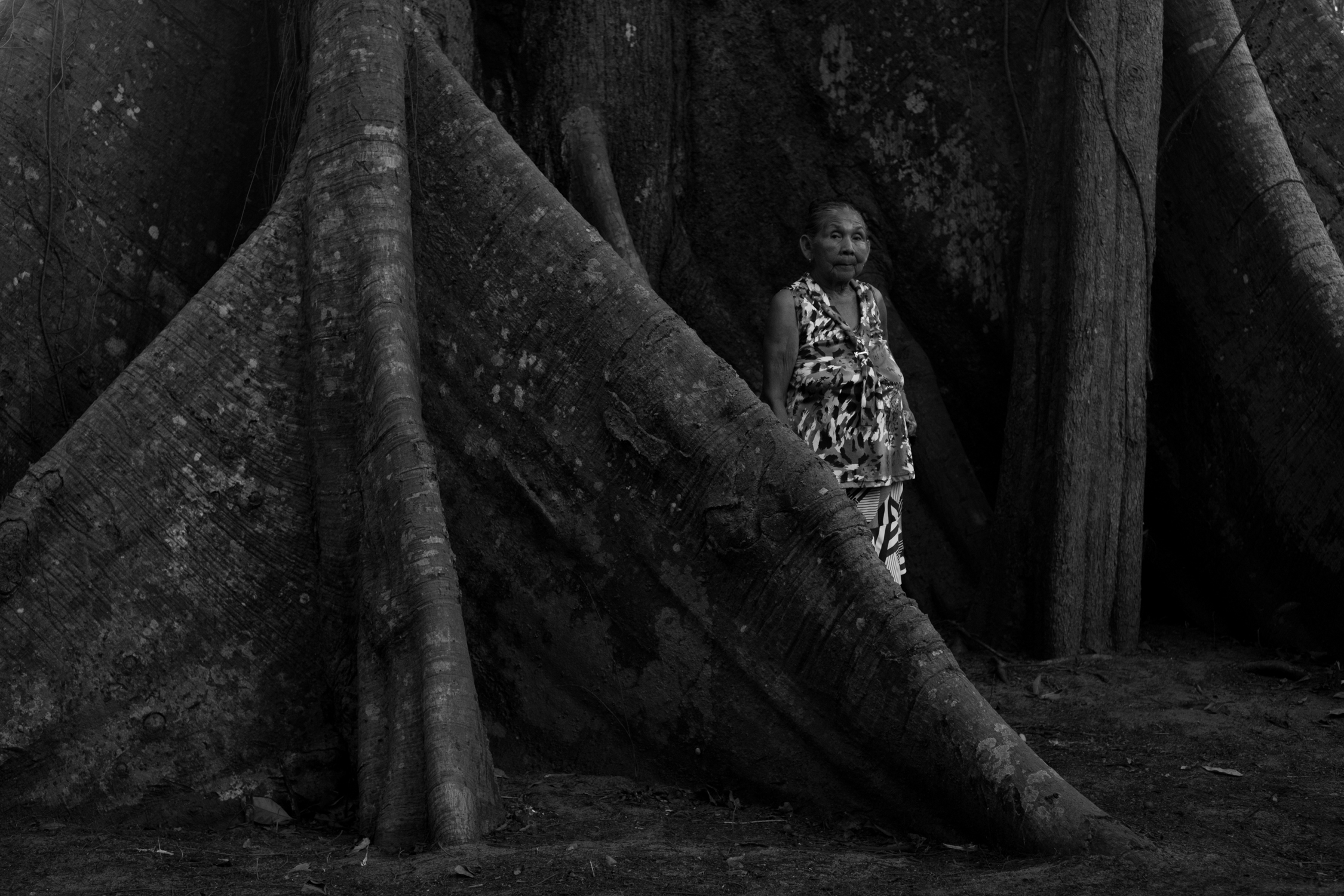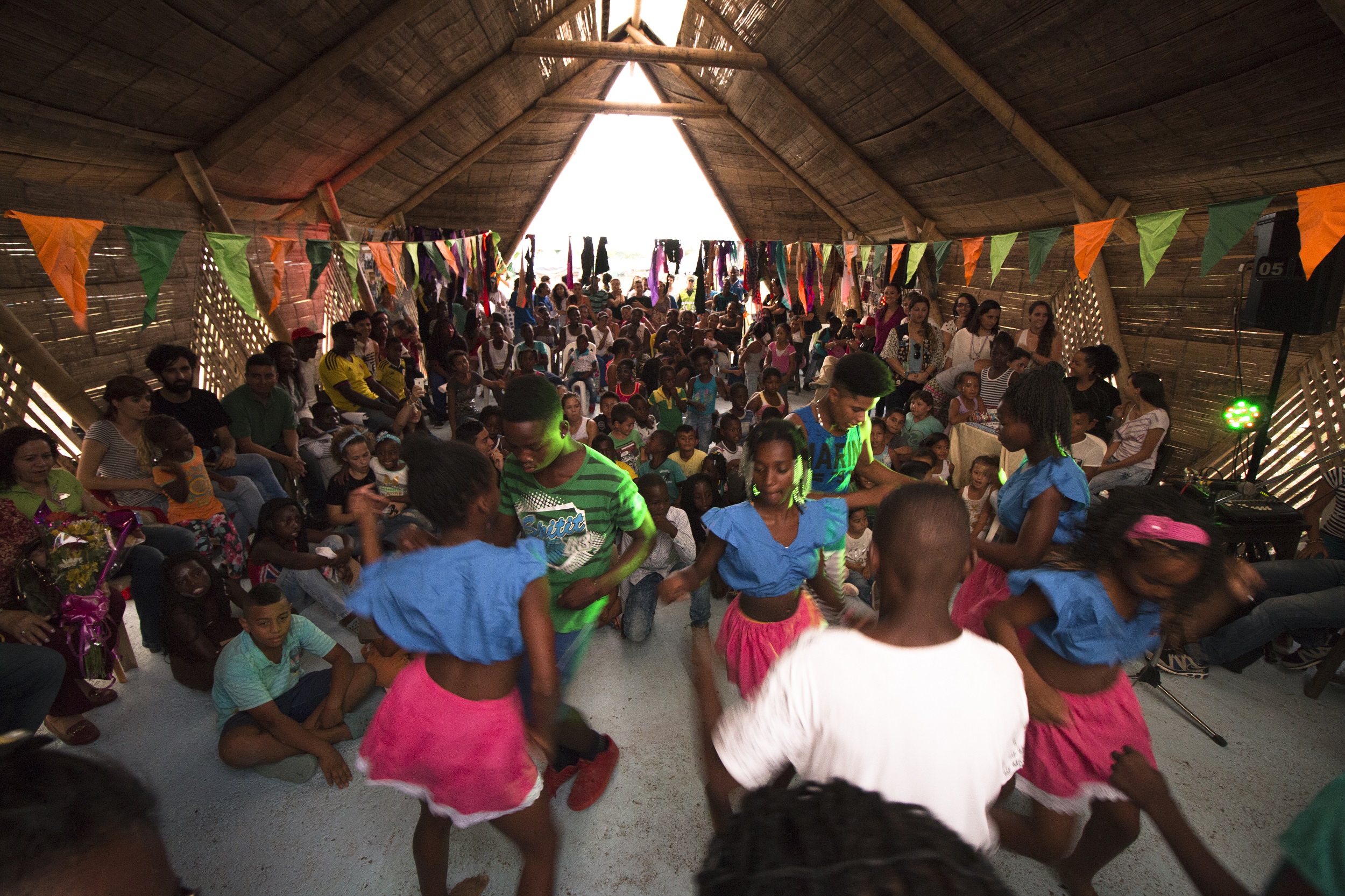A few months after opening Espaço Sideral, Chiva moved from Curitiba to Matinhos and settled in with Bruna, Derick, and Thammy. During the five years they lived in the rented house, they faced two major challenges. The first one had to do with the space maintenance: As houses in the city are often rented by tourists and students who are just passing through, the owners don’t pay enough attention to the upkeep of the property, resulting in leaks, flooding, and plumbing problems. The second challenge was about the traditional organization of the home. They had to reformulate the small kitchen, the number of bedrooms, and the connection between the house, the street, and the urban space.
Although the relationships between the mothers and the women who visited the house were often romantic, loving, and/or monogamous, they gave priority to each of them having an individual room, not necessarily for sleeping, but as an individual space for creative and private use. To make this feasible, the kitchen, which they considered to be too small for all of them to eat and socialize, became Chiva's room, and the garage, in the absence of a car, was transformed into a kitchen for them and for Espaço Sideral events.
As part of Thammy's graduation project, over the course of two years, they organized weekly meetings with women and people from the LGBTQIA+ community, where they worked on the collective design and construction of a shed that would serve as a stage, workshop space, and guest room. Starting from the premise that everyone knows how to build their own house, they experimented with construction and design in a completely empirical way—without consulting books or manuals—and only using upcycled materials found on the street and in abandoned construction sites. The experience gained from the workshops, combined with the frustration of housing opportunities that always had the same inadequate spatial organizations for their needs, led Thammy, Chiva, Bruna, and Derick to make the decision to build their own home.
The search for affordable land, relatively close to the university and Derick's school, led to an early initiative to build a house within the ocupação4 (occupation). However, before it could be completed, the work was brutally interrupted by a police raid that expropriated and destroyed a large part of the buildings and materials remaining on the land. The film Mães do Derick ends amidst this process. Although the 300 or so families occupying the site later resumed their occupation, the mothers chose to abandon what was left of the building and start a new project.












